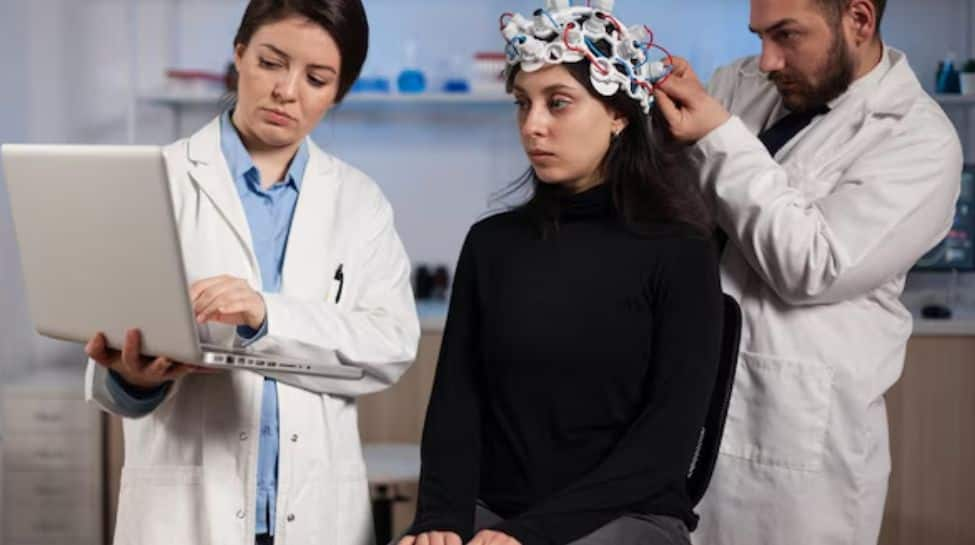Injuries are a common occurrence in everyday life, ranging from minor cuts and bruises to more severe trauma with lasting consequences. Whether from accidents, falls, sports-related incidents, or other unforeseen events, injuries can disrupt normal daily activities and have a significant impact on overall well-being. Among the myriad types of injuries, traumatic brain injury (TBI) stands out as a particularly concerning condition due to its potential for long-term cognitive, physical, and emotional impairment. Understanding the causes, symptoms, and preventive measures of TBI is essential in addressing this complex and often life-altering condition shared by Dr Raju Kadam, Consultant Neurosurgery and Spine Surgery, HCG Suchirayu Hospital, Hubli.
Traumatic brain injury occurs when an external force, such as a blow or jolt to the head, disrupts normal brain function. This can lead to a wide range of symptoms, from mild concussion to severe brain damage, depending on the nature and severity of the injury. Immediate medical attention is crucial to prevent further damage and optimize recovery.
Traumatic brain injury (TBI) remains a critical health concern worldwide, affecting millions of individuals annually. However, advancements in neurosurgical techniques have significantly improved the management and outcomes of TBI cases.
Symptoms
Symptoms of traumatic brain injury (TBI) can vary widely depending on the severity and location of the injury. Mild cases may present with symptoms such as headaches, dizziness, nausea, confusion, and temporary loss of consciousness. Moderate to severe TBI may manifest as persistent headaches, repeated vomiting, seizures, slurred speech, profound confusion, loss of coordination, weakness or numbness in the extremities, and profound changes in behavior or mood. In some cases, individuals may experience sensory disturbances, including blurred vision, ringing in the ears, or altered taste or smell.
Diagnosis
• Comprehensive evaluation of medical history, symptoms, and neurological function.
• Imaging tests like CT scans and MRIs to assess brain damage and structural abnormalities.
• Cognitive and neuropsychological assessments to evaluate memory, concentration, and cognitive functions.
• Clinical observations and specialized tests to determine injury severity and guide treatment decisions.
Neurosurgical Management
• Minimally Invasive Surgery: Neurosurgeons now utilize minimally invasive techniques, such as endoscopic surgery and stereotactic-guided procedures, to access and treat brain injuries with greater precision and minimal tissue disruption. These approaches reduce the risk of complications and shorten recovery times for patients.
• Neuroimaging Technology: The development of advanced neuroimaging techniques, including CT scans, MRI, and PET scans, allows for more accurate diagnosis and monitoring of TBI. Neurosurgeons can visualize the extent of brain damage, identify specific injury patterns, and tailor treatment plans accordingly.
• Neuroprotective Strategies: Neurosurgeons employ neuroprotective strategies to minimize secondary brain injury following TBI. This may include controlling intracranial pressure, optimizing cerebral perfusion, and managing cerebral edema to preserve brain function and promote healing.
• Brain Monitoring Devices: The integration of brain monitoring devices, such as intracranial pressure monitors and cerebral oxygenation sensors, enables real-time assessment of brain function and tissue perfusion. This continuous monitoring allows neurosurgeons to intervene promptly in case of any abnormalities, preventing further damage.
• Rehabilitation and Supportive Care: Neurosurgical management of TBI extends beyond the operating room, encompassing comprehensive rehabilitation programs and supportive care services. Multidisciplinary teams, including neurosurgeons, neurologists, rehabilitation therapists, and neuropsychologists, collaborate to optimize functional outcomes and enhance quality of life for TBI survivors.
Preventive Measures
• Promoting safety awareness, especially in sports, motor vehicle accidents, and falls.
• Enforcement of regulations like helmet use in cycling and contact sports, seat belt use in vehicles, and fall prevention strategies.
• Creation of safer environments in workplaces, schools, and recreational areas through proper infrastructure and safety protocols.
The field of neurosurgery has made remarkable progress in the management of traumatic brain injury, offering new hope and possibilities for recovery. Through continued innovation and collaboration, neurosurgeons strive to provide the best possible care for individuals affected by TBI, guiding them on their journey to healing and restoration of function.

